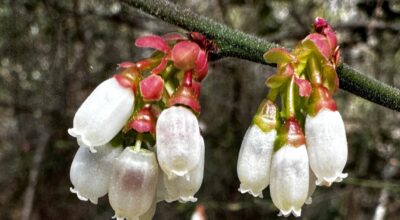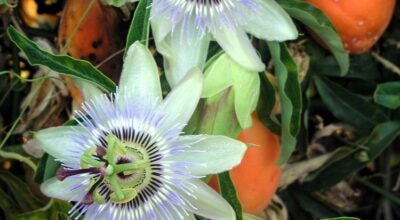Growing fruit trees in Mississippi
Published 7:00 am Saturday, February 8, 2014
By Eddie Smith
Guest Columnist
Arbor Day is an annual observance promoting the planting and care of trees. If you are planting a tree this year, why not plant a fruit tree? Although fruit trees require more care than landscape trees, you get a reward for your effort.
Success in growing fruit trees starts with selecting varieties that produce in our climate. Get a free copy of the publication Fruit and Nut Recommendations by contacting your county Extension Service office. This publication will provide you with a list of trees recommended for our area.
Plant fruit trees in well-drained, fertile soil. Avoid poorly drained soils. A tree’s root system grows throughout the year. Water that remains standing in the root zone (18 to 24 inches deep) at any time during the year can drown the tree. During the growing season, standing water can drown some fruit trees in three days. Poorly drained soils also promote growth of root rot organisms.
When poorly drained soils cannot be avoided, plant the trees in raised beds. The beds are formed by shaping well-drained topsoil into beds 18 to 24 inches high and 4 to 5 feet wide. Raised beds have been used in backyard and commercial orchards. Trees grown in raised beds must be irrigated more frequently because the beds present a larger exposed surface area for evaporation.
It is important to consider soil fertility and acidity. The soil pH should be around 6.5, but south Mississippi soils are typically acidic. Acidic soils reduce the amount of nutrients available to the trees. Then fertilization results in runoff or leaching and it will be necessary to lime the soil to reduce the pH.
Before planting, collect soil samples for analysis. Samples should be taken from the first 6 inches of soil. Contact your county Extension Office for instructions on collecting and submitting soil samples and for forms and sample boxes. Test results will be returned with recommendations for fertilization and liming. The recommended materials should worked into the soil before planting.
Air drainage is also important. In Mississippi, spring frosts and freezes can occur. A small difference in elevation can mean the difference between a full crop and no crop at all. Cold air is heavier than warm air and settles in low areas. Choose a site that allows cold air to flow downhill away from the trees. Select higher sites with an unobstructed, gradual slope. Avoid low sites where frost pockets form.
Plant fruit trees in areas that receive full sunlight. Most fruit tree buds require 30 percent sunlight to produce high-quality fruit. Although the exterior of a tree may receive full sun, sunlight can be reduced by one-half 12 inches inside the tree’s canopy. Eighteen inches inside the canopy, light may be reduced nearly 75 percent, which is below the level needed for successful fruit production. Partially shaded trees can have increased disease problems.
Fruit trees can be very rewarding if you provide them with a little attention. Proper planting, fertilization, insect control, and disease control will help maximize their potential productions. For more information about fruit trees, call the Pearl River County Extension Service at 601-403-2280.
(Eddie is the Pearl River County MSU Extension Service Agent.)





